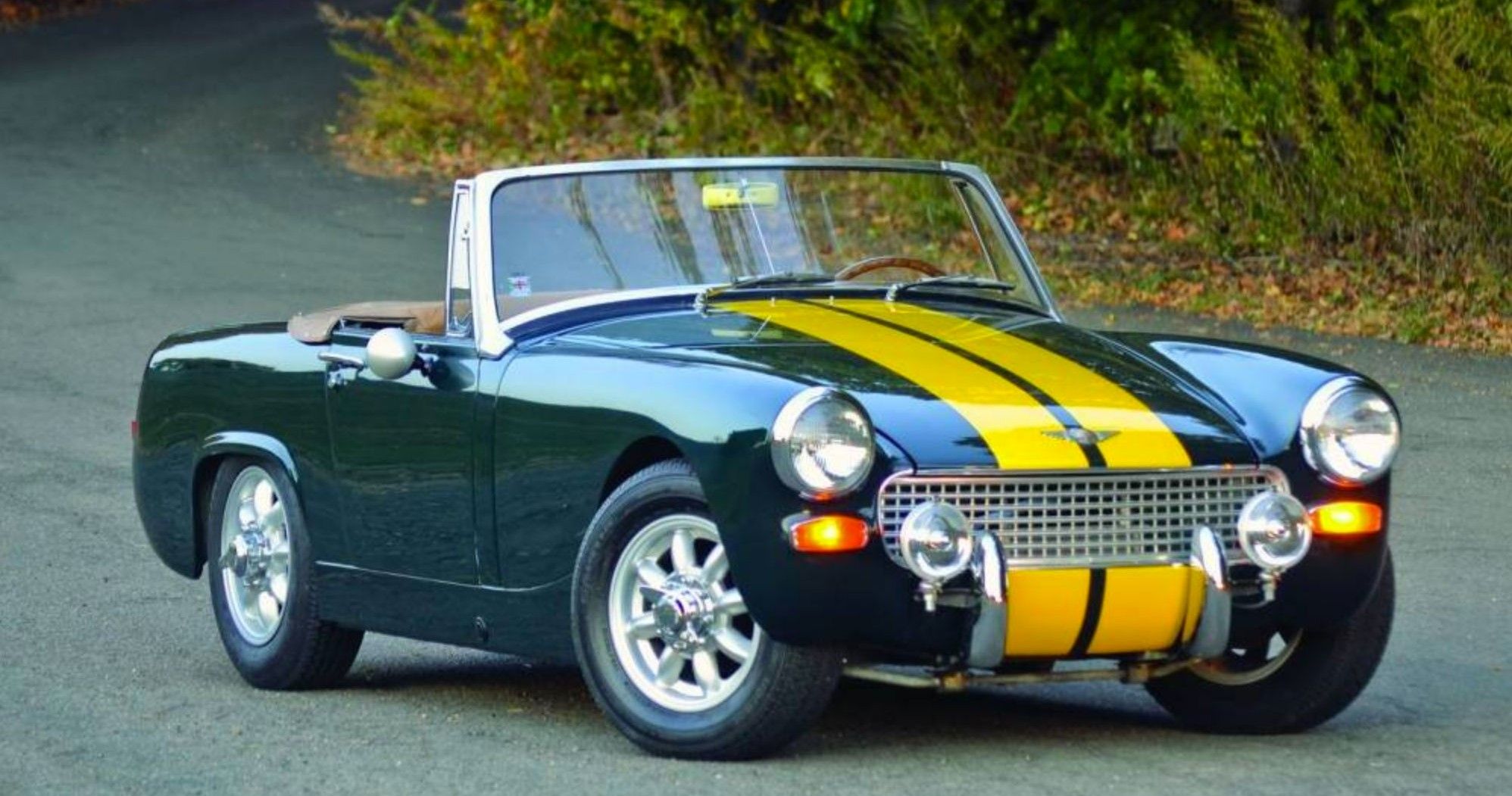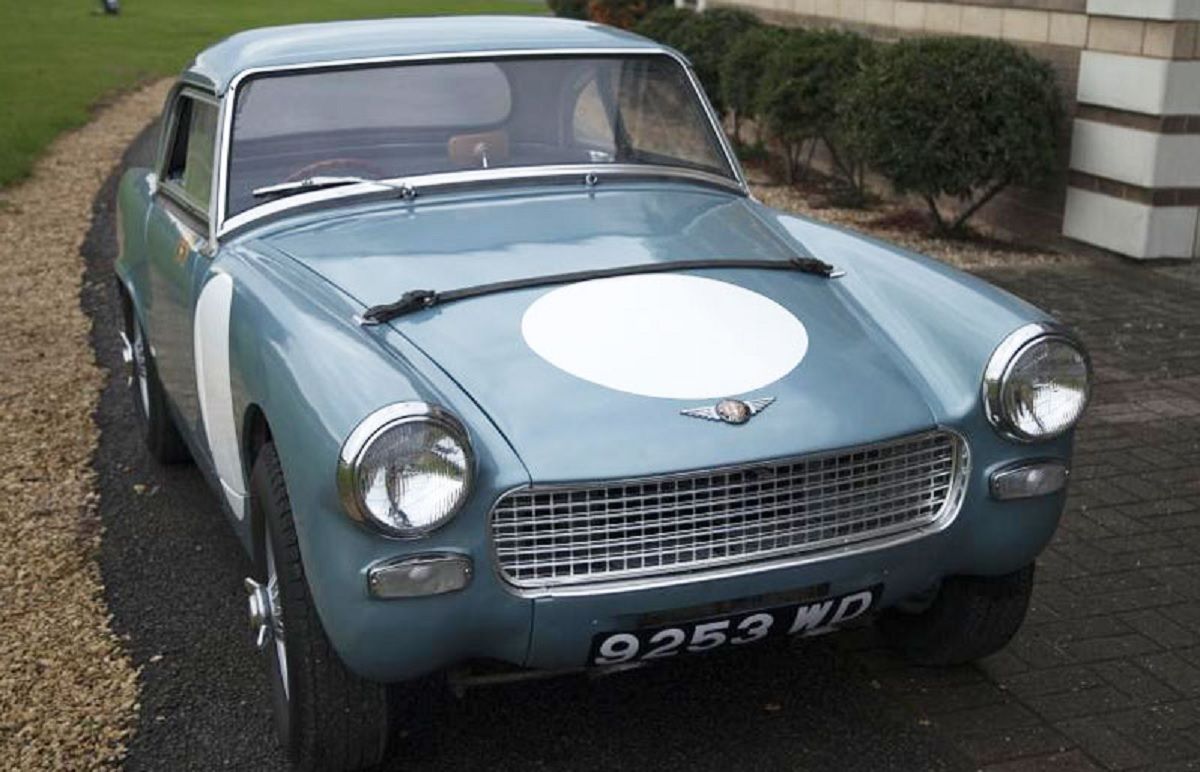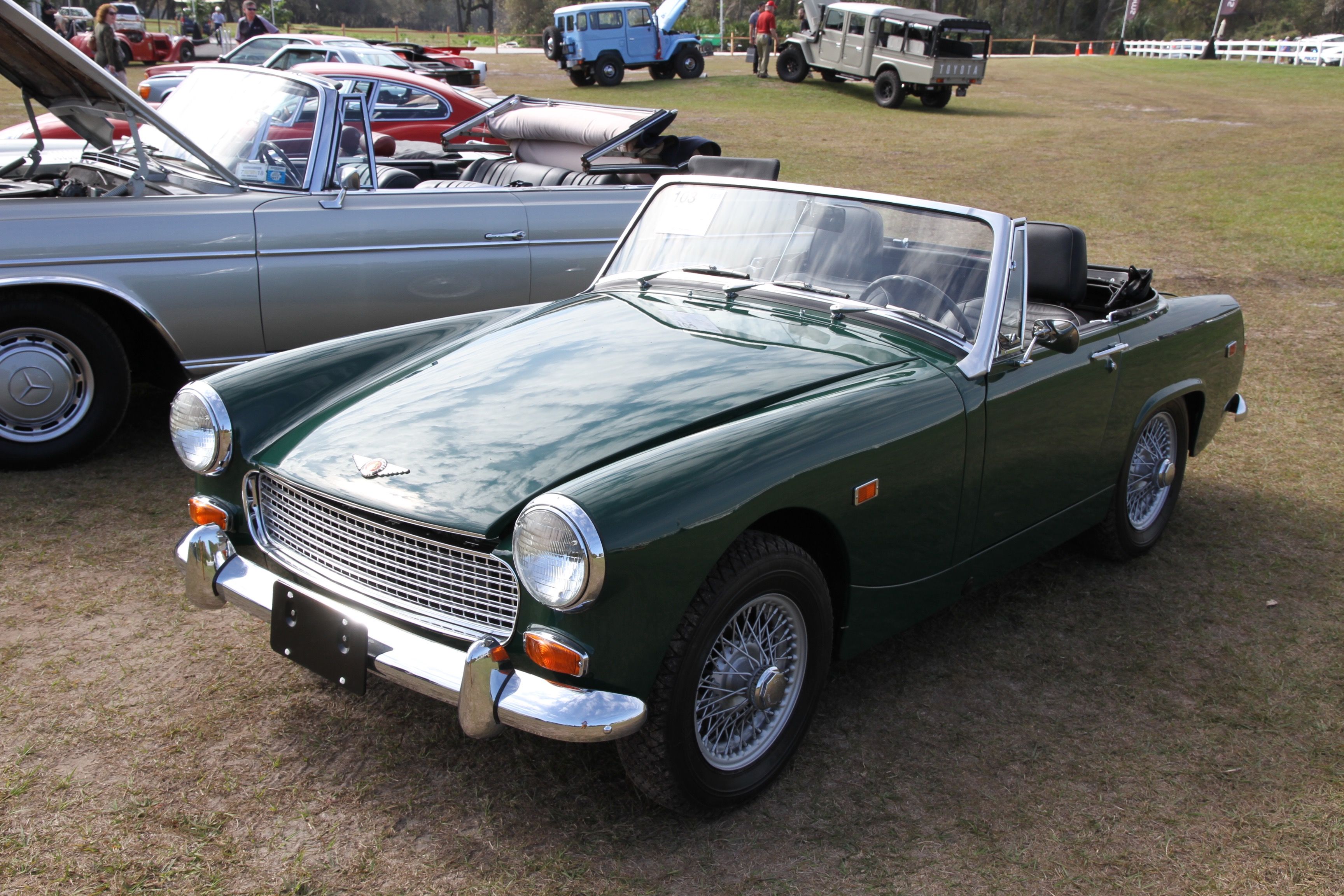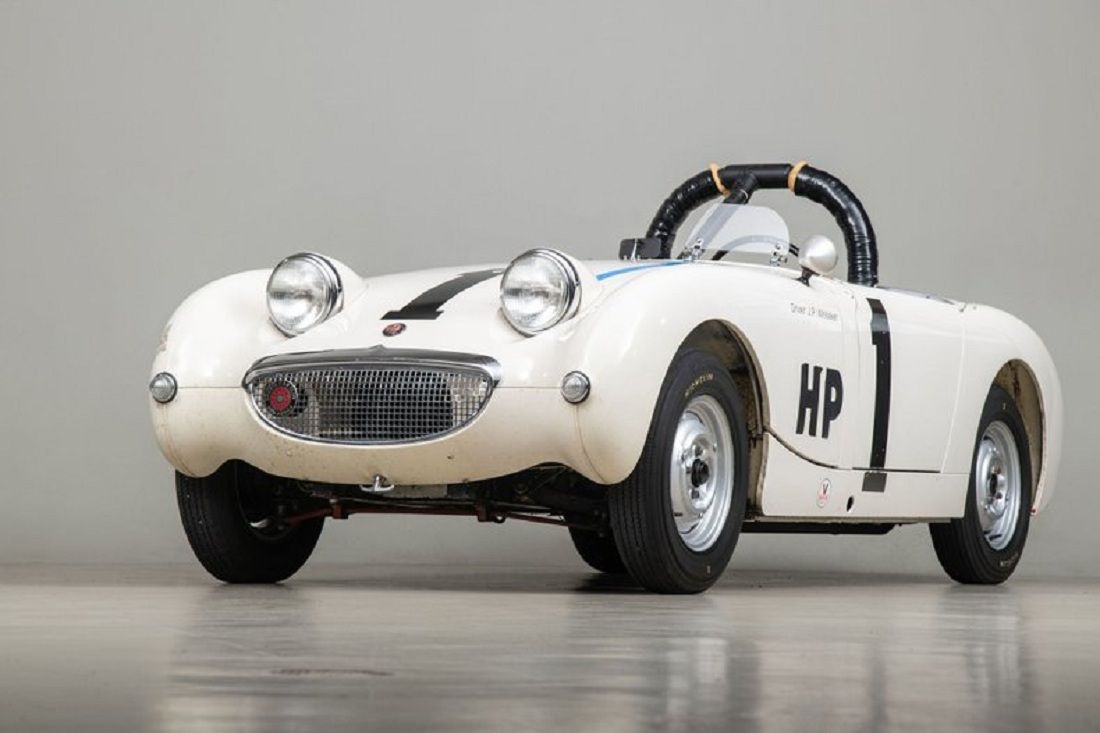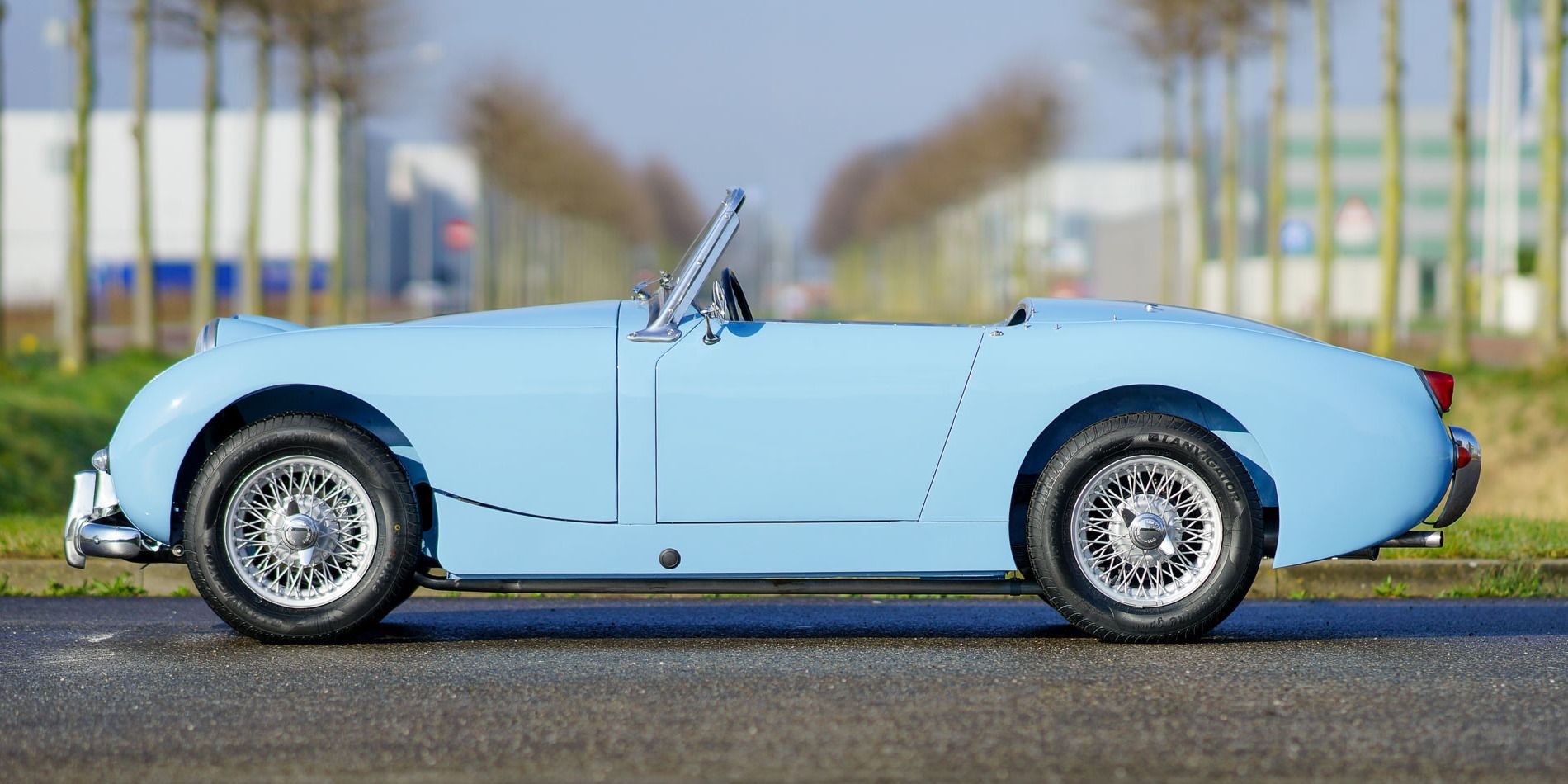The Austin Healey Sprite was a wonderfully flawed sports car. Despite obvious limitations, it was a cult classic, and still holds a special place in the heart of many motor enthusiasts of a certain age.
So then, with that in mind, just why did Austin decide to put the plug on a car that was maintaining a solid fan base in the early 1970s? The answer is multifaceted, and, as much as anything, demonstrates the complexity 0f the time for the British Motor Industry.
This is the story of the sad, untimely ending of an icon - a car that once defined a generation, but quickly came to a screeching halt once its time was up.
British Sports Cars Were On The Decline
The economic and geopolitical situation of the time must be factored in when discussing the demise of the Austin Healey Sprite. As the 60s gave way to 70s, British sports cars were becoming increasingly more burdensome and outdated. British Leyland, notorious for persistent strikes from the workforce, began to slip in terms of the quality of their products. And as for the sports car manufacturers, they had an up and coming automotive powerhouse to contend with - Japan. Japanese and German sports cars were on the up, with improved reliability and performance metrics making models like the Sprite look distinctly dated.
Austin was therefore beginning to suffer in terms of sales, a trend that was only going to continue with the passing of years. Cool Britannia sports cars defined the 60s - but the 70s was set to become one of the most turbulent and traumatic periods in the British motoring industry to date. Many of the worst British sportscars ever would come after this change in fortunes.
It Was In An Effort To Save Costs
Arguably, the most significant single factor that led to the Sprite being discontinued was the fact that Austin simply wanted to save money. In spite of the model's tremendous success historically, times were changing, as was outlined previously - and Austin had to try and adapt to the ever-changing landscape. It has to be said though, that cost-cutting measures weren't solely enforced by the companies directors.
On the contrary, British Leyland was going to play a seminal role in deciding the fate of the Sprite...
British Leyland Played A Key Role
British Leyland's reputation isn't exactly a good one today. In the early 1970s, it was far better, as a key driver of the UK's economy. And yet, a series of strange measures and workforce standoffs with management would see the company become a worldwide laughing stock by the end of the decade.
Donald Stokes, then head of British Leyland, decided to discontinue the Austin Healey in 1971, drawing the curtain on a 13-year project. His reasoning for doing so was, on the face of it, very simple. For every model built, British Leyland had to pay royalties to the Donald Healey Motor Company, making their bottom-line relatively small.
For the final batch, and in an attempt to avoid handing over a substantial cheque to Mr Healey, the car was simply titled the 'Austin Sprite'. It was an unfortunate end for the stylish model, one that most certainly deserved a better send-off. The Sprite couldn't save Austin, but these cars did manage to save a company from bankruptcy.
It Was Replaced By The MG Midget
While the lineage would officially end with the aforementioned Austin Sprite, unofficially the styling and legacy of the car would very much continue in the form of the MG Midget. The Midget was identical to the Sprite in every way, with the exception of the badge. For the likes of Donald Stokes, such a move made perfect sense. Here was the Sprite, identical in every discernible way with the exception of the name and badge; only this time, he wouldn't have to pay Donald Healey Motor Company an exorbitant fee in order to be able to sell it.
In reality, the seeds of British Leyland's downfall can be seen with the end of the Sprite. Here was a superbly built car, but one that was arguably in need of an upgrade by the end of its lifespan. However, instead, of doing that, they continued to sell it under the name of a slightly less premium car company.
Lack of innovation, as well as using identical chassis' to sell two different versions of the same car, would precipitate the beginning of a crisis that would forever reshape the British economy. The Austin Healey Sprite was very much of its time - a stylish, elegant sports car that fell out of favor due to a changing world, and the changing demands of customers. Gorgeous aesthetics were beginning to mean less and less, as the importance of reliability came to the fore. In the early 70s, the Sprite gracefully bowed out - but its legacy will live on for many years and decades to come.
Sources: The Independent, wheels-alive.co.uk, Guilty As Charged - Andrew Noakes, Motorbiscuit.com.

